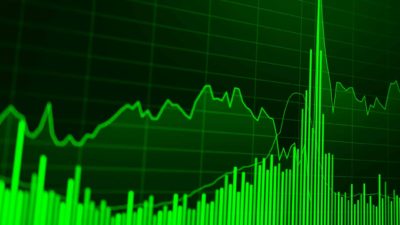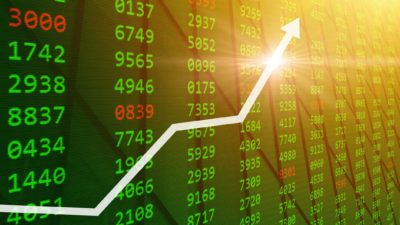Borrowers and share market investors rejoice! The Reserve Bank of Australia (RBA) cut the official cash rate again by 25 basis points to 1% this afternoon in an effort to drive the unemployment rate lower.
This follows last month's rate reduction and marks the first time since June 2012 that the RBA had undertaken back-to-back rate cuts.
What stuck out for me was the fact that the RBA sounded more upbeat than I expected given that the central bank felt compelled to quickly bring rates to a new record low. Their words and actions didn't quite gel, in my view.
The Australian dollar barely reacted as it continued to hover around US69.8 cents while the S&P/ASX 200 (Index:^AXJO) (ASX:XJO) index inched back slightly as ASX bank shares retreated to intraday lows on the news as the lower rate will hurt their earnings.
The Commonwealth Bank of Australia (ASX: CBA) share price lost 1.3% to $81.29, the Westpac Banking Corp (ASX: WBC) share price fell 1.2% to $28.04, the Australia and New Zealand Banking Group (ASX: ANZ) share price shed 1.3% to $27.92 and the National Australia Bank Ltd. (ASX: NAB) share price declined 1% to $26.53.
Currency traders were probably unmoved because the RBA didn't give any hints about cutting rates again. I was half expecting a stronger indication that rates were heading even lower but our central bankers would only "will continue to monitor developments in the labour market closely and adjust monetary policy if needed".
This leaves the market guessing if the rate will drop to 0.75% before the year is out, as many economists are predicting. It looks like the RBA hasn't quite decided and is hedging its bets.
Here are three other key takeaways from today's rate decision:
Confidence building exercise
The governor of the RBA Philip Lowe said in a statement announcing June's rate decision that the move was to support employment growth and bolster confidence that inflation will rebound to its medium-term target.
This means inflation could remain subdued for the rest of 2019 even though the higher petrol prices in the June quarter could give a boost to this key measure.
The RBA believes inflation will rise to around 2% in 2020 from 1.3% currently and move a little higher in the following year.
I am a little less confident than the RBA and that's one reason why I believe another rate cut is in the wings.
Economic growth to pick up
While the Australian gross domestic product (GDP) grew at a sub-par pace of 1.8% over the year to the March quarter, our central bankers think our economy is doing reasonably well and that growth will return to trend.
Its optimistic view is based on the government's ambitious infrastructure spending, an expected pick-up in activity in the resources sector and higher household disposable income (probably from tax cuts).
There are worries that consumers would choose to save the tax cuts or pay down debt (both of which won't help GDP growth), but interestingly, the RBA doesn't subscribe to this pessimistic view.
Cutting the way to job growth
While our monetary masters highlight the strength in the jobs market and noted that "strong employment growth over the past year or so has led to a pick-up in wages growth in the private sector", it believes the economy can sustain an unemployment rate that is materially lower than the 5.2% its currently at without running too hot.
The problem is underemployment. Aussies can find work, just not enough of it – and the RBA believes the rate cut will help to curb underutilisation.








